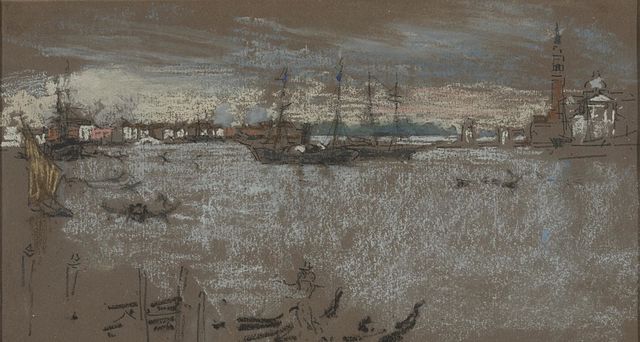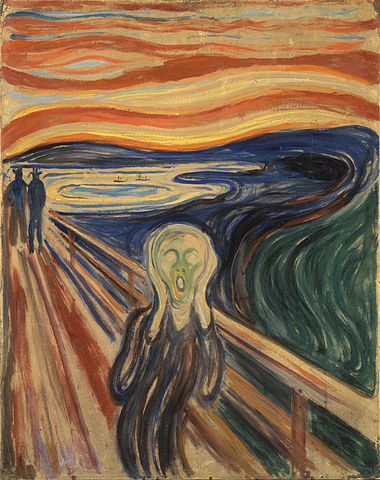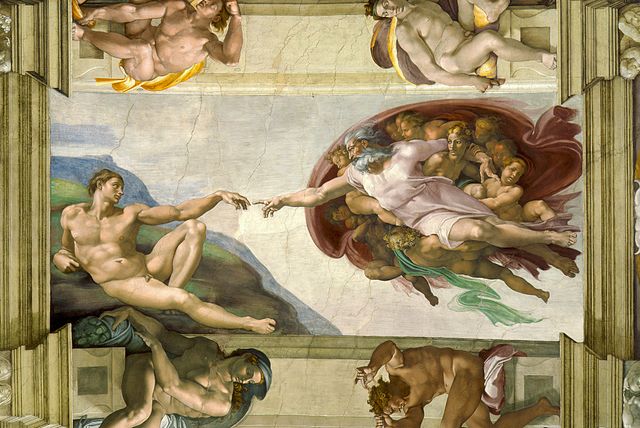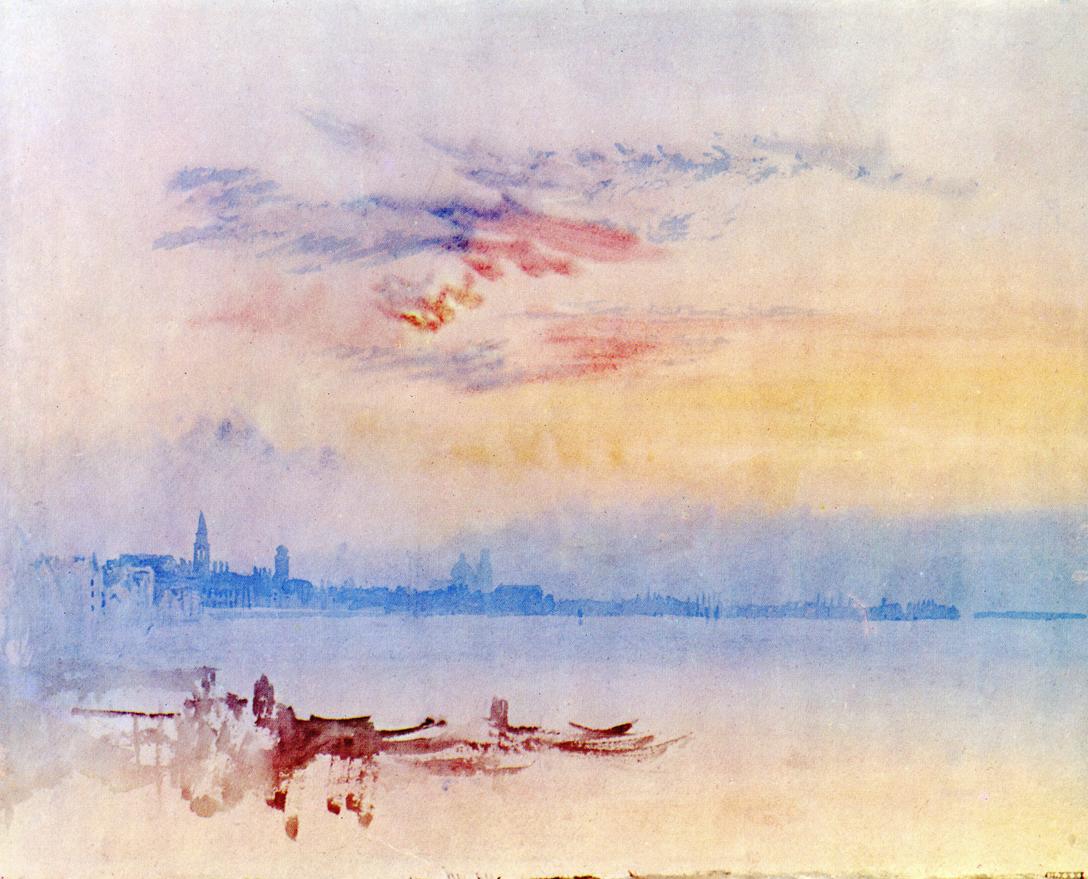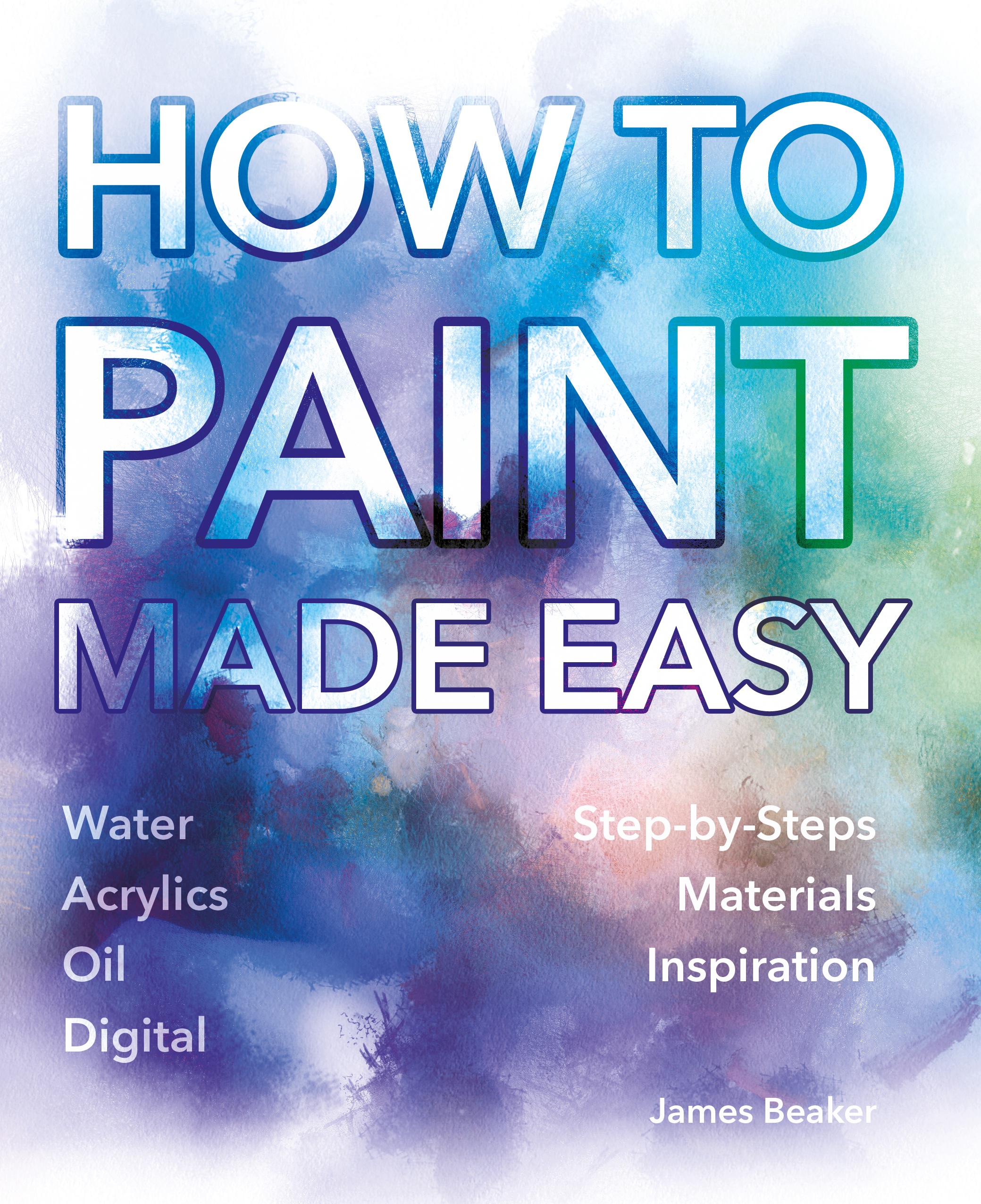In this week's Painting Techniques blog we'll be taking a look at pastel. Used mainly for portraits and occasionally landscapes, pastel is known for its vibrant range of colour and ability to blend. Its versatile nature also allows it to be mixed with other mediums to create richer pallets and textures.
Visual & Decorative Arts Blog
What is Tempera?
Broadly speaking tempera (Italian for ‘temper’) was a process that involved some sort of binding material (other than oil). Traditionally this was egg-yolk, a substance that was also extensively used in fresco painting, but any albuminous, gelatinous or colloidal material could be mixed with pigments to achieve similar results.
The terms fresco and tempera are sometimes used as if they were synonymous, but the distinction lies not so much in the mixture but the material to which it was applied. Thus tempera is more commonly associated with the paintings on mummy cases and papyrus rolls in pharaonic Egypt, or medieval paintings on ivory or wood panels, although some wall paintings in ancient Egypt, Knossos, Mycenae and Classical Rome probably relied on this technique.
Medium
Egg-yolk, sometimes diluted by a little vinegar, was the preferred medium, though a thin glue produced by boiling animal skins was also extremely effective, while Pliny mentions milk as a binding substance. Although tempera is mainly associated with relatively small paintings executed on wood panels, the paint was not applied directly on to the wood. The surface had to be prepared and this entailed a process that was not unlike the plastering of walls, but on a much smaller scale.
Topics: art of fine gifts, painting, how to paint, tempera, Painting Techniques
Some of the most visually stunning works of art have been painted directly onto walls and ceilings. The amount of time and effort that must have gone into these pieces is reflected today in the care taken to preserve them. Understanding the history and method behind this technique can help us appreciate it even more.
Topics: art of fine gifts, Michelangelo, Art Made Easy, painting, how to paint, Painting Techniques
Watercolour painting is one of the oldest techniques known to humankind and it takes a great deal of skill to master. This week's blog gives an introduction to where watercolours came from, how their use started to become popular across the world and some of the great masters to look out for.
Topics: Art Made Easy, how to paint, Painting Techniques
So often people look at a picture – the end-product of an artist’s endeavour – for the form and content, and do not focus on the technicalities. A knowledge of the methods, techniques and materials and how they interact provides an invaluable insight into the art of different periods and styles as well as a better understanding of the individual artist.
Topics: art of fine gifts, renaissance art, how to paint, Painting Techniques
Have you recorded the process of your artwork? Show others how it's done! Get your work shown in How to Paint Made Easy, a new book we're working on that will provide advice, tips and inspiration to the budding artist.
Like previous books we've done (check out How to Draw Manga Made Easy and Drawing Basics Made Easy, as well as Dragon Art, Gothic Art and Fantasy Art), we want an exciting and fresh range of artwork, which is why we're putting this call out.
Topics: art submissions, how to paint

